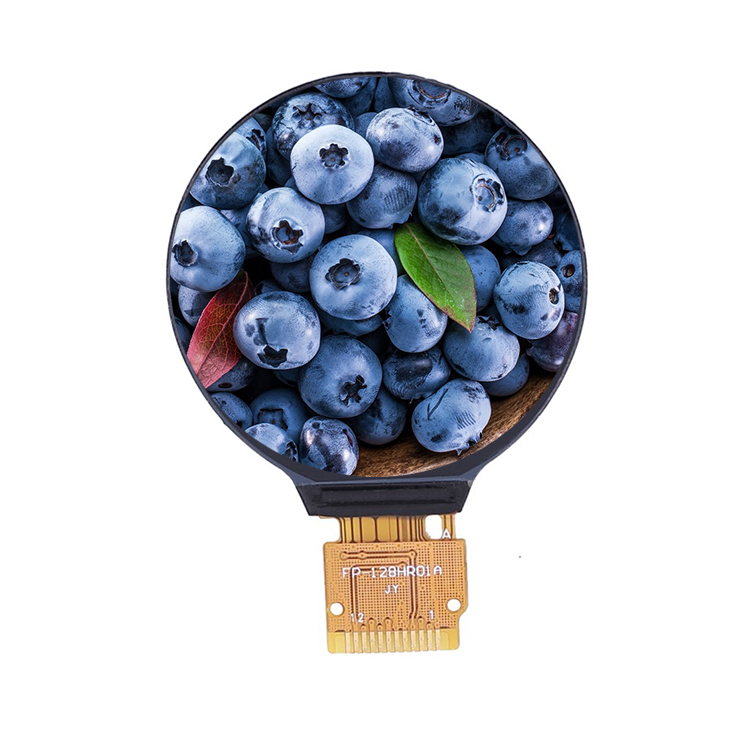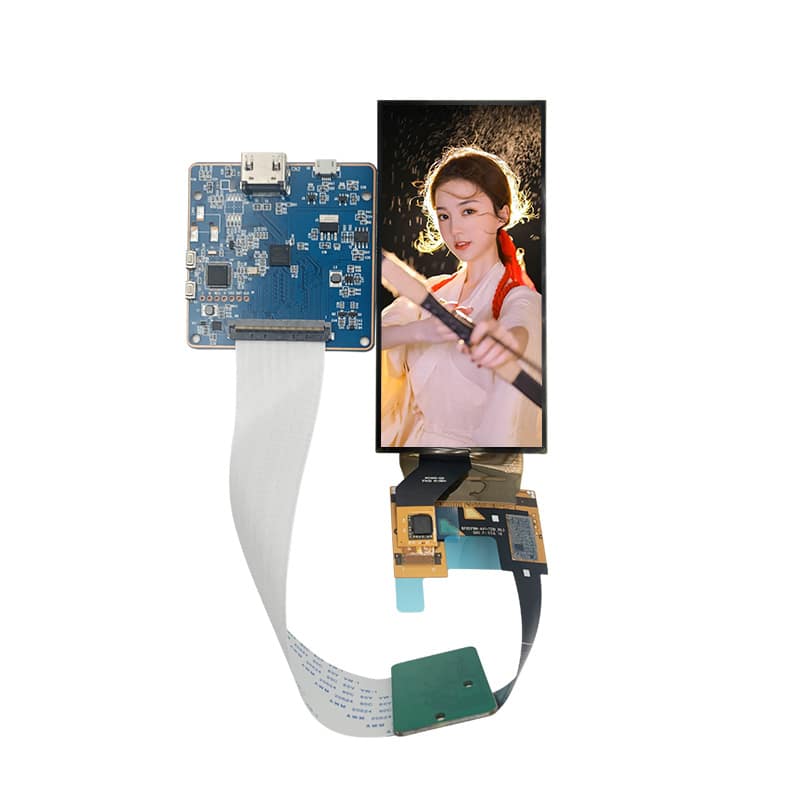In the realm of microcontroller-based embedded systems, interfacing with Liquid Crystal Displays (LCDs) has become an essential skill for engineers and hobbyists alike. Among the various types of LCD modules available, the I2C 1602 is a popular choice due to its simplicity and compatibility with a wide range of devices. In this article, we will delve into the world of the I2C 1802 LCD module, focusing on the Chancedisplay brand, which offers high-quality and reliable solutions. The i2c 1602 lcd module datasheet serves as the blueprint for understanding its functionality, pinout, and communication protocol.
The I2C, or Inter-Integrated Circuit, is a widely adopted two-wire interface standard that simplifies communication between multiple devices, including the 1602 LCD module. Developed by Philips (now NXP Semiconductors), I2C operates at relatively low speeds, making it ideal for resource-constrained systems. The 1602 LCD module, with its 16 characters by 2 lines, is a compact and versatile display commonly used in applications such as small embedded projects, home automation, and IoT devices.
The Chancedisplay I2C 1602 LCD module, known for its robustness and ease of integration, features a 14-pin header layout. The datasheet provides crucial information on each pin, including:
1. **VCC** and **GND**: These pins supply power to the module, with VCC typically operating at 3.3V to 5V and GND providing a ground reference.
2. **SCL** and **SDA**: These I2C pins enable communication between the host microcontroller and the LCD. SCL is the clock line, while SDA carries data.
3. **R/W** and **RS**: These pins control the read/write operation and select the command/data mode, respectively.
4. **E** (Enable): This pin controls the display’s refresh cycle.
5. **DB4-DB7**: Data lines for sending 8-bit alphanumeric characters to the display.
6. **Backlight Control**: Depending on the module, this pin may be used to regulate the backlight, often connected to a PWM signal.
When working with the CHANCEDISPLAY I2C 1602 LCD module, understanding the datasheet’s commands is crucial. Some key commands include:
– **Clear Display (0x01)**: Erases the entire screen.

– **Home (0x02)**: Returns the cursor to the top left corner.
– **Set Cursor Position (0x80, 0xC0)**: Moves the cursor to a specific row and column.
– **Write Command (0x80)**: Writes a command byte to the LCD.
– **Write Data (0x40)**: Writes a data byte to the LCD.
The datasheet also explains the addressing scheme, which allows you to address multiple 1602 modules on the same I2C bus. By default, the module operates in 7-bit addressing mode, but some variants support 8-bit addressing for higher scalability.
For efficient communication, ensure that your microcontroller library supports the I2C protocol, and configure it correctly with the appropriate slave address. Implementing a simple driver routine to send commands and data will enable seamless interaction with the LCD. Here’s a brief example using the Arduino platform:
“`cpp
#include
#include
LiquidCrystal_I2C lcd(0x27, 2); // CHANCEDISPLAY I2C address, assumes 7-bit addressing
void setup() {
lcd.begin(16, 2); // Initialize the LCD with 16 characters and 2 lines
}
void loop() {
lcd.setCursor(0, 0);

lcd.print(“Hello, World!”); // Write text to the first line
delay(1000);
lcd.setCursor(0, 1);
lcd.print(“I2C Example!”); // Move to second line and write text
delay(1000);
}
“`
In conclusion, the CHANCEDISPLAY I2C 1602 LCD module is a versatile and cost-effective choice for displaying information in your projects. Its straightforward datasheet and I2C interface make it easy to integrate with microcontrollers. By understanding the pinout, commands, and addressing, you can harness the full potential of this LCD module in your next embedded design. Happy coding!

